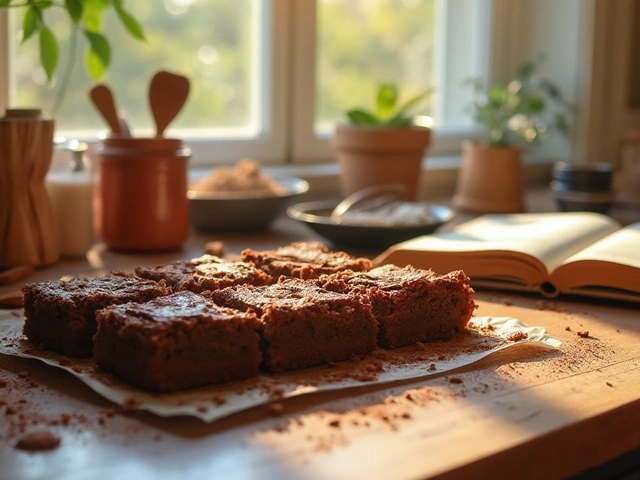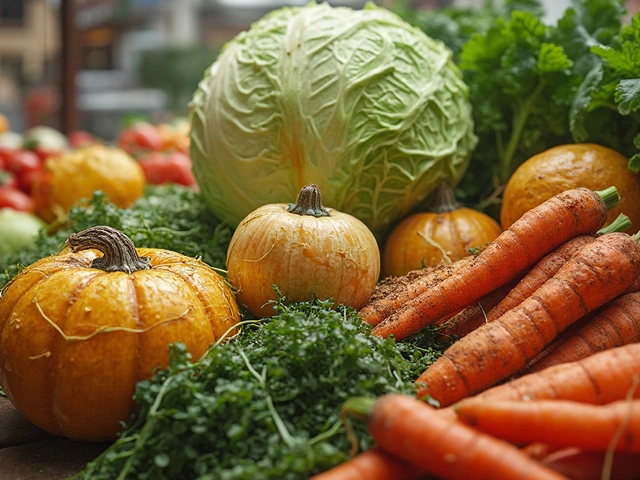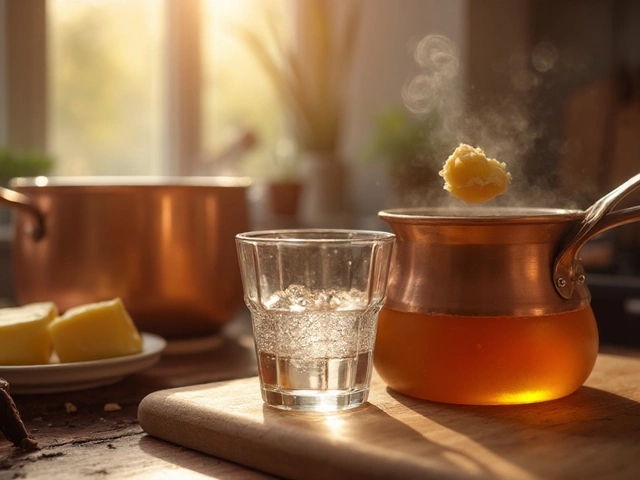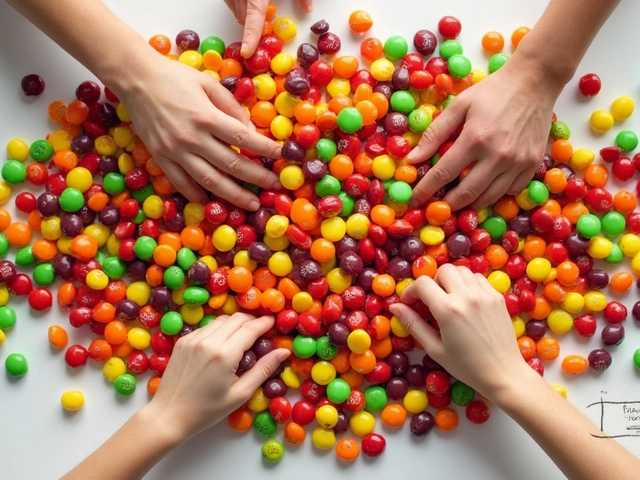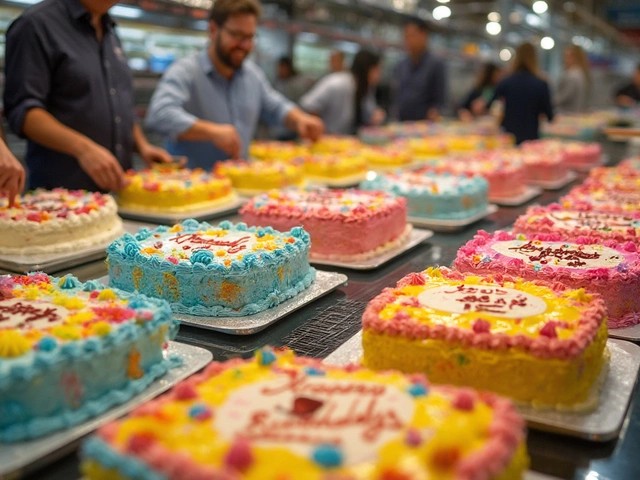Macaron Origin – History, Roots, and Modern Sweetness
When you hear about macaron origin, you’re really asking where that delicate, sandwich‑style cookie first appeared and why it looks the way it does. Macaron origin, refers to the historical development of the French macaron, a light, almond‑based meringue sandwich that became iconic in the 19th century. Also known as French macaron, it blends culinary art with a bit of romance. The story doesn’t start in Paris alone; it pulls in French pastry, the broader tradition of refined baked goods that emerged from French royal kitchens and regional bakeries, and almond flour, finely ground almonds that give the macaron its tender crumb and nutty flavor. Together they form the foundation of the treat we love today.
Key Ingredients and Techniques Shaping the Macaron
The journey from simple almond biscuits to the colorful, glossy shells we adore hinges on a few crucial steps. First, the meringue technique, the process of beating egg whites with sugar to create a stable foam, often using the Italian method where hot sugar syrup is folded in supplies the airy structure. This technique, borrowed from Italian confectionery in the early 1800s, gave the macaron its signature lightness. Second, the use of almond flour not only adds flavor but also ensures the right texture; too much moisture and the shells become chewy, too little and they crack. The perfect balance of almond flour, powdered sugar, and meringue creates a smooth batter that spreads evenly during baking, producing the characteristic smooth “feet” on each cookie. Finally, the filling—whether buttercream, ganache, or jam—adds richness and ties the two shells together, turning a simple biscuit into a sophisticated sandwich.
Understanding the macaron origin also means recognizing how cultural exchange and market forces shaped its popularity. French patisserie schools codified the recipe in the 1860s, turning the macaron into a symbol of elegance and a staple of high‑tea service. As French chefs traveled, they spread the technique across Europe, leading to regional twists like the Italian “maccherone” and the Spanish “macarona”. In the 20th century, the rise of boutique patisseries and celebrity chefs revived interest, pushing prices up and sparking the need for price guides—something you’ll see in our recent articles about macaron cost in the UK and France. Today, the macaron sits at the crossroads of tradition and trend, appealing to vegans, gluten‑free enthusiasts, and luxury dessert seekers alike. Below you’ll find a curated list of posts that dive into price trends, vegan adaptations, and the history that still guides bakers in kitchens worldwide.

What Does the Word Macarons Mean? Origin, Spelling, and Common Misunderstandings
Macarons are delicate French almond cookies, not coconut treats. Learn the real meaning behind the word, why people confuse them with macaroons, and what makes a true macaron.
View More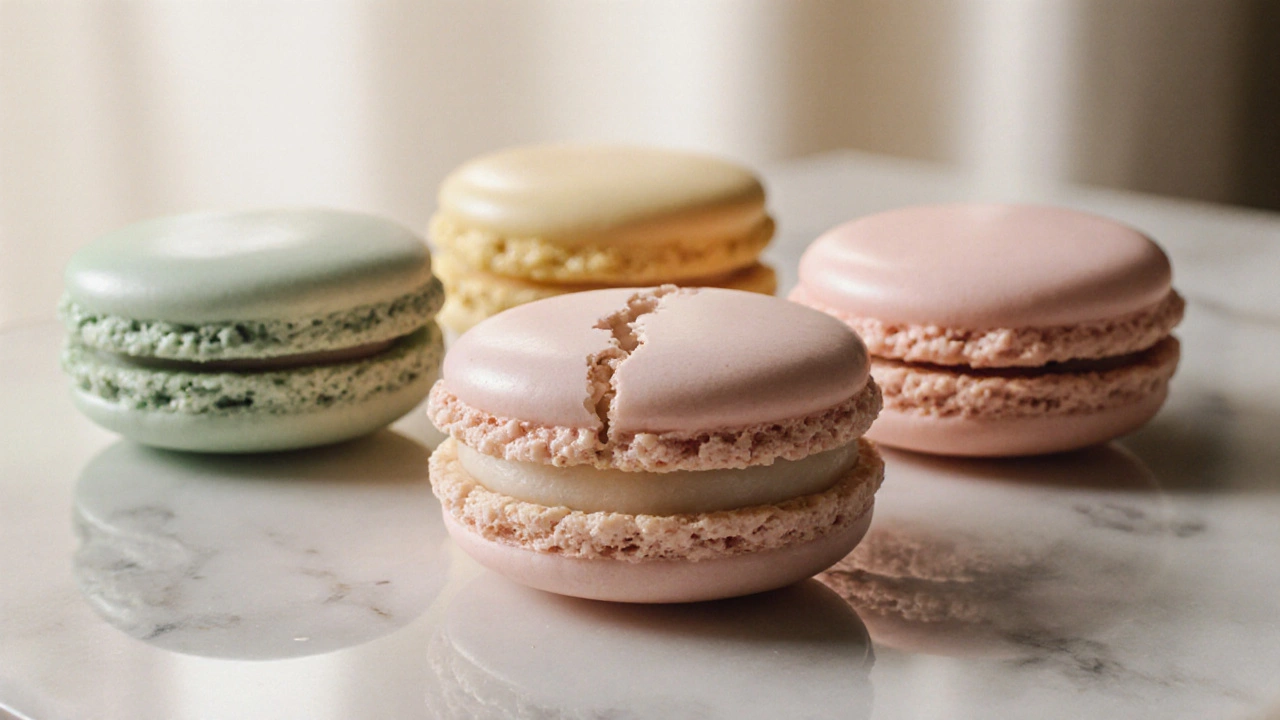
What is a macaron in French? Definition, History, and Pronunciation
Learn the true meaning of a macaron in French, its history, pronunciation, key ingredients, and how to spot authentic versions.
View More
